Side-eye from your dog communicates volumes. Often it’s interpreted as irritation, exasperation, aloofness, or just about anything else. Think about when you get side-eye from the 6-year-old. Same range of meanings (in my not-so-humble opinion).
The Bard tells us that our eyes are the windows to our souls.
If it’s true for us, is it any less true for our dogs? Most dog expressions are capped off by how they hold their eyes.
Side-eye, whale-eye, sad puppy dog eyes, “I didn’t do it” eyes, etc. We’ve seen them all. If you are lucky enough to spend enough time with dogs, you see one form or another daily.
Below is one of the most popular and funniest examples of a dog giving extreme side-eye:
With 11 dogs running around my house, we see it more than once every day, but there is a distinction to be aware of:
Is there anything to be concerned about?
In the spirit of “safety first”, we should “quickly discuss whale eye. You’ve seen it, when your dog has been playing with its favorite toy all day, and the other dog makes a play for it? Or when the infant is petting that dog that doesn’t want to be petted. This is different from the side-eye facial expression I explained above.
The whale-eye is often accompanied by an averted head, an averted gaze (looking anywhere but at you), a furrowed brow, licking its lips, and ears laid back. It’s a look that says, “I don’t like what’s going on, and I’m about to lash out.” You should be aware of this type of canine body language, even if you don’t own a dog.
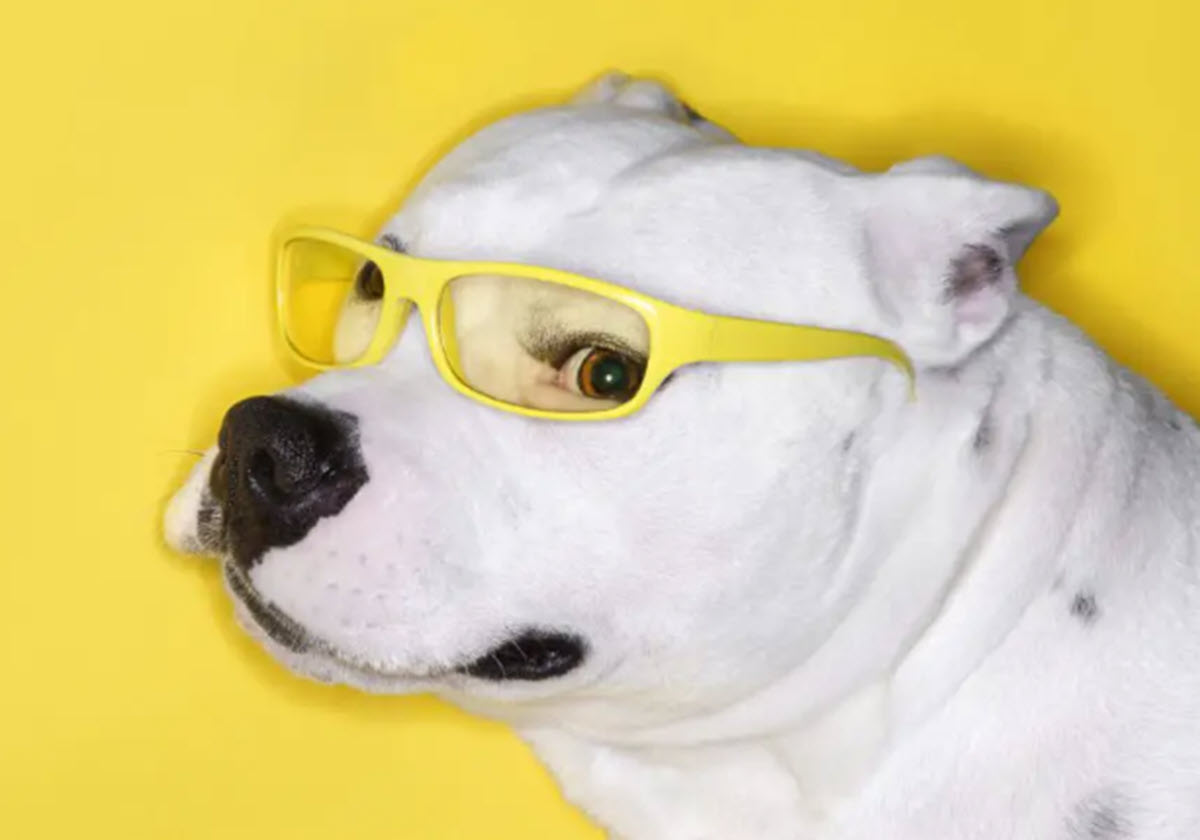
Is that 6-year-old hugging the dog, and the dog’s eyes are wide, and you can see much of the white of its eye? Half-moon white of the eyes? Are ears laid back? Dog not making direct eye contact? That’s a dog that doesn’t want to be hugged, and the 6-year-old may be in danger.
Introducing a new dog to a pack will often result in a bad case of doggie whale eye as the new dog is uncertain and perhaps scared initially.
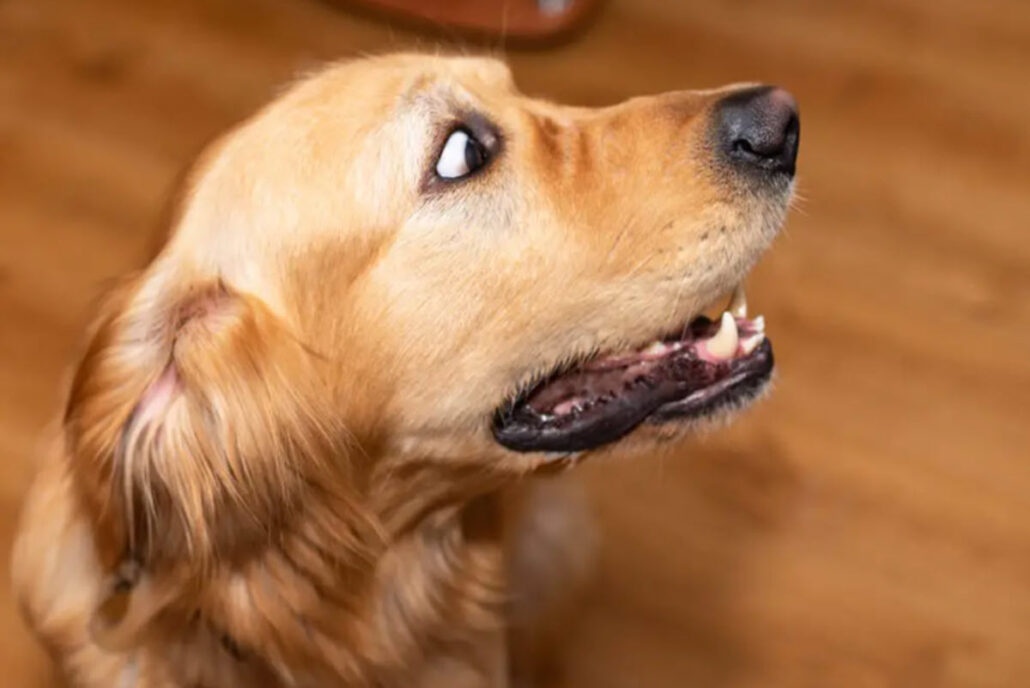
You should act quickly but calmly to remove the problem when detecting whale-eye. If it’s the 6-year-old, pull them away gently. If it’s another dog, separate them slowly. If you laid down next to the dog, got that look, and noticed the dog has its favorite toy, back away and then consider throwing it away later (the toy, of course). My stance is that if a toy causes this behavior, the dog is too attached to it, and it needs to be thrown away.
Take a look at the video below.
Misty goes from appearing calm to the danger zone quickly – around the 6-second mark, you’ll see the tell-tale lip licking followed quickly by some easily recognizable whale-eye.
This is a highly irritated dog.
The issue is the dog you can see walking behind Misty – at about 20 seconds, she’s had enough.
So in my book, that’s the non-veterinarian, non-scientific explanation of the difference between dog side-eye and dog whale-eye.
But what about side-eye?
As mentioned, side-eye from your dog is that look that says, “Not again,” or “I’m tired of your antics, just give me the damn treat”, or as in the case of the above popular Boxer side-eye video, “I’m not looking at you because I’m upset that went somewhere without me”.
Also, it seems sometimes they just don’t want to lift their heads up to acknowledge you, so they shift their eyes to look at you. We do the same thing.
Sometimes side eye evolves into a sort of half-sleep phase for the puppy; the eyes droop and close entirely. Pretty clear this is a relaxed dog, and most likely, there is nothing to worry about. Sometimes they’ll throw in a wink, just to keep you on your toes.
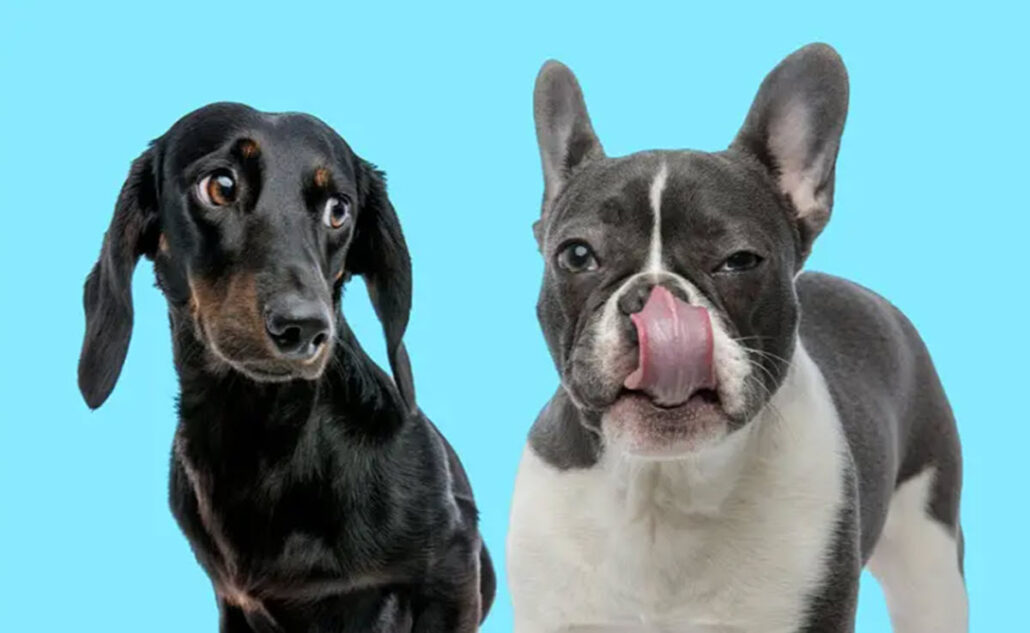
Did the Frenchie just eat the Doxie’s snack?
Side eye vs. Whale eye
Side eye should not be confused with what is often called “Whale eye” or “half-moon eye”. Knowing the difference and recognizing the underlying meaning is important, as they can be worlds apart.
Whale eye is when your dog’s eyes are big and round, and you can see considerably more of the eye’s sclera (white part) than normal – the sclera will look like a half-moon. This normally indicates a tense or anxious pooch, and rather than be amused (as we often are with side-eye), you should be looking to defuse whatever situation has made your pooch nervous.
Running a dog rescue, we see a good bit of whale eye. Introducing a new dog to a pack of large alpha dogs will give the new pooch a bad case of whale eye.
“I’ve seen a look in dogs’ eyes, a quickly vanishing look of amazed contempt, and I am convinced that dogs think humans are nuts.” – John Steinbeck
What does it mean when your dog gives you side-eye?
When your dog gives you side-eye, it can mean a few different things.
It could be that they’re not feeling well or are tired and just want to rest.
Dog scientists (is that a thing?) will say dogs don’t hold grudges, but I swear if I work for a day without my constant follower, she gets upset, won’t walk over to me, and gives me a healthy dose of side-eye when I try to console her.
The obligatory “consult your veterinarian” part goes here. If you are unsure and feel there is a problem, don’t hesitate to contact your veterinarian for assistance.
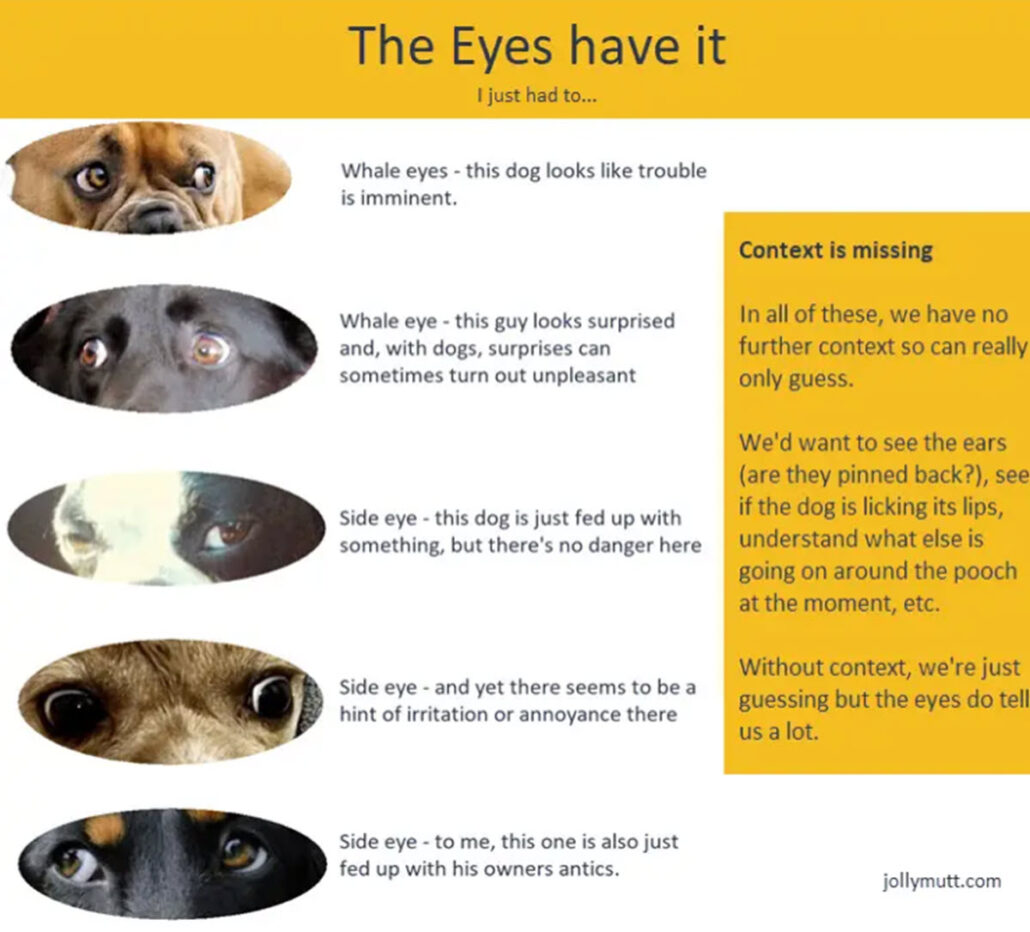
One is fun and games, the other can be very serious.
The science behind dog side eye – a quick primer on how dogs communicate with their eyes
Dogs descend from wolves; we all know that. About 33,000 years ago, domesticated canines began hanging out with us while undomesticated ones continued to hunt and live on their own. This marked a turning point in the eventual evolution of man’s best friend.
Over the past 30 thousand years or so, science tells us, evolution has resulted in dogs with “puppy dog eyes” stuck around while those without were weeded out. The same evolution allows a bear with white fur to prosper incrementally and live more fruitfully than a bear with dark fur in snowy areas. Over time, the bears with “some white fur” became polar bears and thrived in snowy and icy areas. Same with dogs – those with “some puppy dog eye” tendencies became the fully domesticated pooches we feed every day.
A side effect of this is that dogs can manipulate us with their eyes because we helped them evolve to do just that. Lots more science on this specific subject can be found here.
Oddly, the Siberian Husky is the only breed that has not evolved into having a specific set of muscles that cause the sad puppy dog look we are familiar with. However, this doesn’t mean they can’t give some strong side-eye. They certainly can.
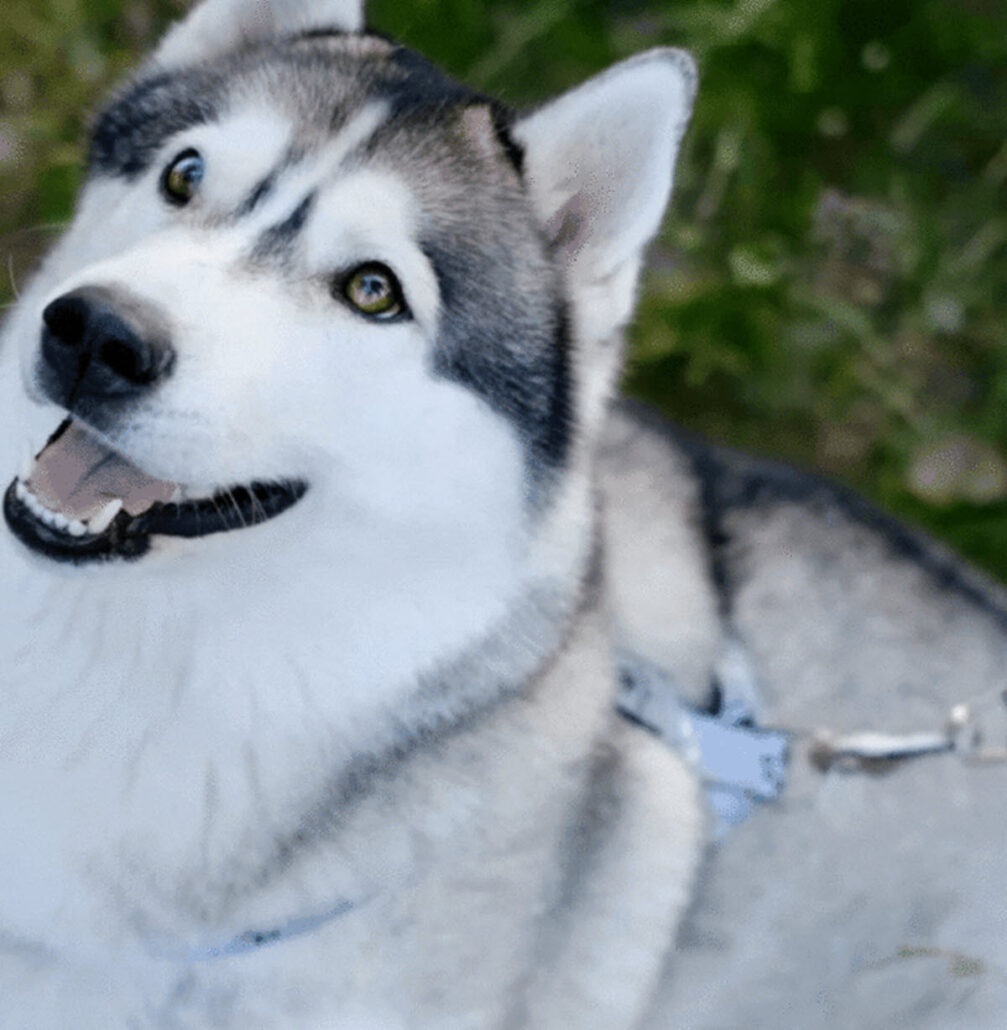
The eyes have it (I had to do that at some point)
Researching dog side-eye led me down some rabbit holes, where I found some dog eye factoids that I thought were worth sharing. Enjoy:
Dog Side-Eye Memes, a few of our favs:
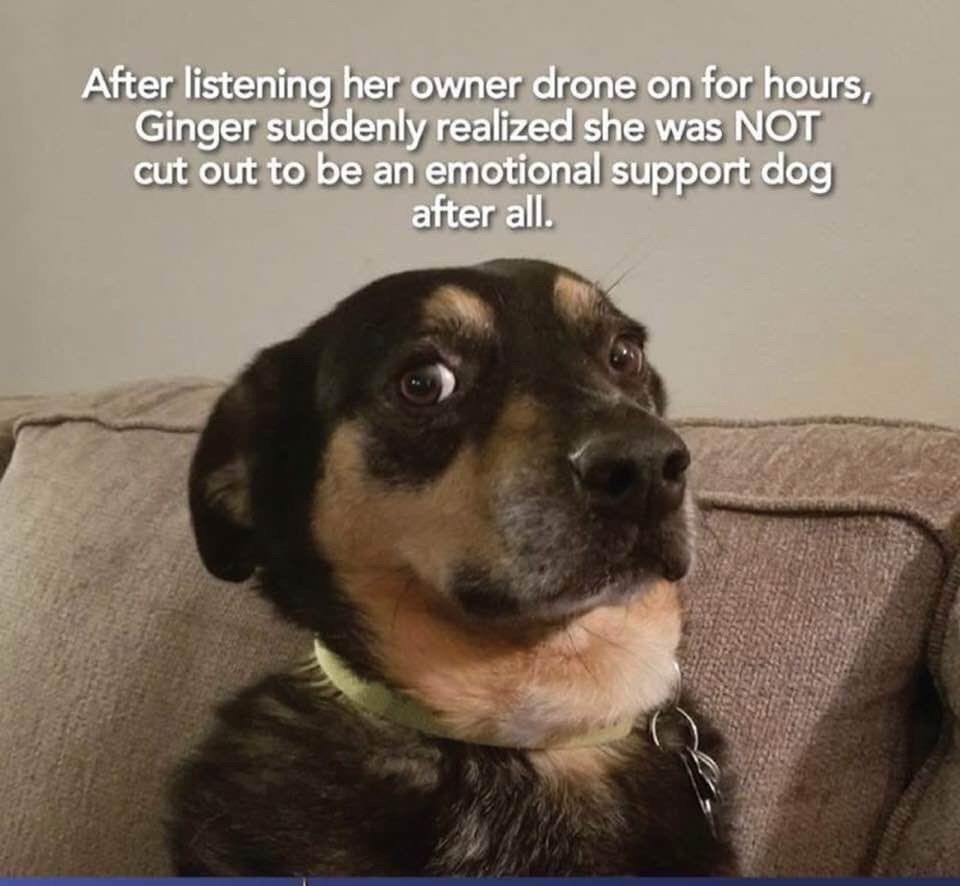

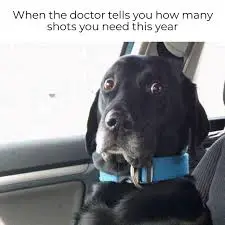
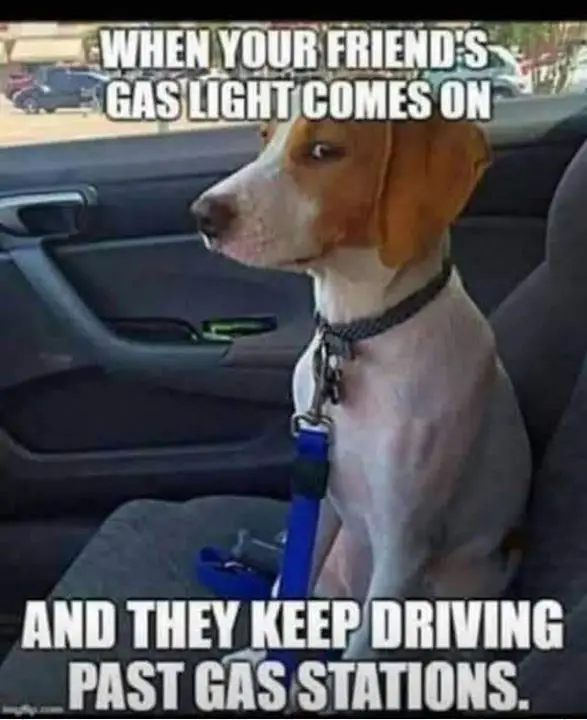
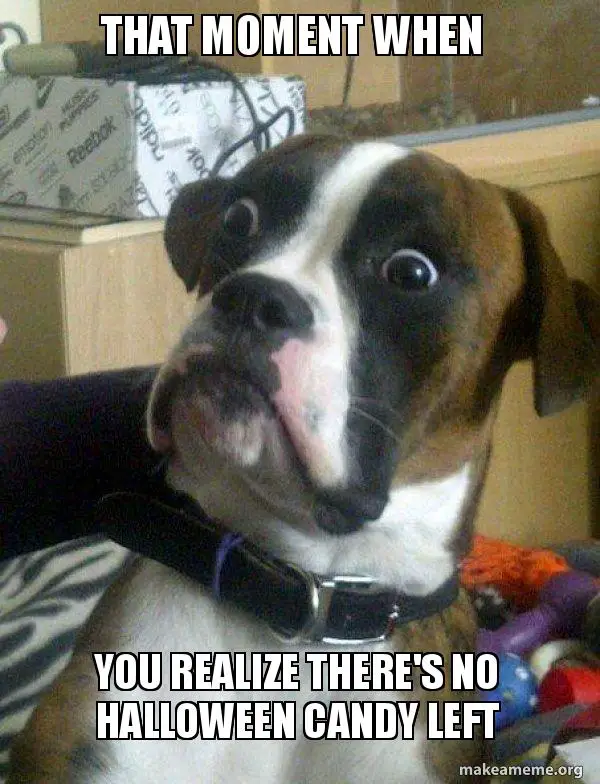
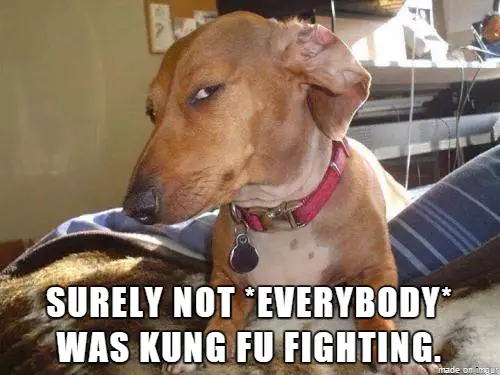
Dog Side-eye Recap
Side eye is a term used to describe a suspicious or judgmental look. When your dog gives you side-eye, it may be because they sense that something is up and they’re not sure what to make of it.
It’s important to interpret your dog’s side eye in the context of their overall body language and behavior. If you’re unsure what your dog is trying to tell you, it’s always best to ask a professional trainer or behaviorist for help.
So, there you have it! The next time your dog gives you the side-eye, take a moment to try and figure out what they’re trying to say. With a little bit of practice, you’ll be able to read your furry friend like a book!
- Merck Veterinarian Manual: Eye Structure and function
- PetMD: How do dogs see the world?
- Science.org: Puppy Dog Eyes
- Smithsonian Magazine: Science behind puppy dog eyes
- First published Aug 2022
- Updated Sept 2023
